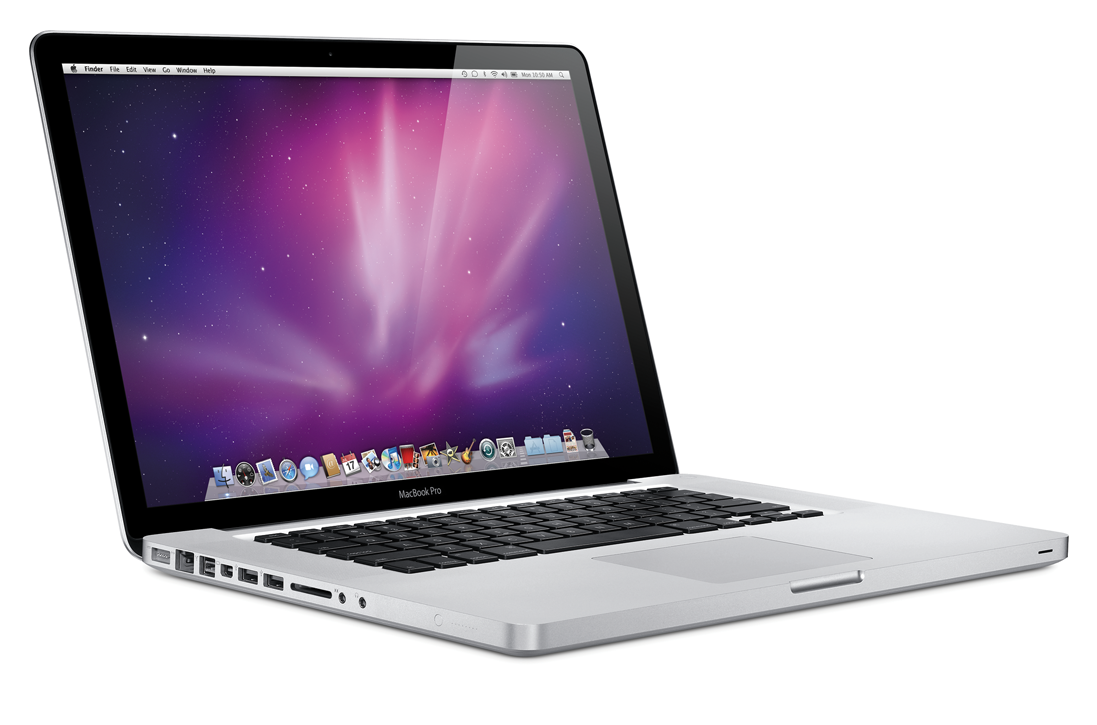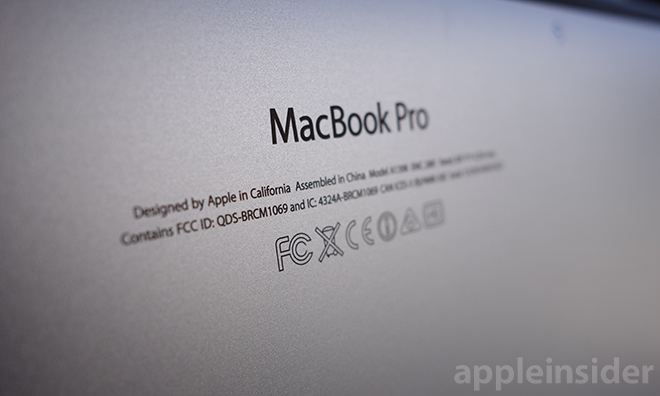

- APPLE 2014 MACBOOK PRO GPU HOW TO
- APPLE 2014 MACBOOK PRO GPU MAC OS X
- APPLE 2014 MACBOOK PRO GPU UPGRADE
- APPLE 2014 MACBOOK PRO GPU ISO
Choose "EFI boot" (that is your bootable installation media).Insert this CD/DVD/USB to Macbook Pro, hold Option key (alt) while booting.Sudo dd if=path/to/arch.iso of=/dev/rdiskX bs=1mĪfter completion, macOS may complain that "The disk you inserted was not readable by this computer". The dd command is similar to its Linux counterpart, but notice the 'r' before 'disk' for raw mode which makes the transfer much faster:
APPLE 2014 MACBOOK PRO GPU ISO
Now copy the ISO image file to the device. Verify that this is the device you want to erase by checking its name and size and then use its identifier for the commands below instead of /dev/diskX.Ī USB device is normally auto-mounted in macOS, and you have to unmount (not eject) it before block-writing to it with dd:

Your USB device will appear as something like /dev/disk2 (external, physical). Open /Applications/Utilities/Terminal in MacOS and list all storage devices:
APPLE 2014 MACBOOK PRO GPU UPGRADE
The procedure described in the steps 1-3 worked for me until macOS Sierra, but with the upgrade to High Sierra, I started getting a pinkish/reddish screen and I was unable to enter Recovery mode to repeat step 3 as I had to do in previous upgrades. You can permanently disable discrete graphics card following next steps: UPDATE! Try to edit NVRAM variable from Single-User mode
APPLE 2014 MACBOOK PRO GPU HOW TO
Is that true? And if yes, how to do that? I heard that the same EFI setting is responsible for not even showing the integrated GPU to other operating systems than macOS and you have to trick it somehow to think it's macOS. If I disable the discrete GPU from EFI, will macOS think that the integrated GPU is the one installed and will it let me use multiple monitors with it?
APPLE 2014 MACBOOK PRO GPU MAC OS X
If you force integrated graphics in GfxCardStatus, Mac OS X (up to Yosemite at least) doesn't allow you to use multiple monitors (even though the built in Iris Pro can do it). The question is basically whether the command mentioned in GfxCardStatus github issue comment here is correct or not, and how to undo it if it doesn't work.Īn answer to this alone is a correct answer, but it'll be awesome if you can also tell me: I'd also want to know how to undo it if needed. I assume this is persistent across multiple reboots. How can I disable the discrete GPU from EFI? I know I can use GfxCardStatus but I read I could have a more permanent solution by changing some EFI flag.

I'd like to disable the NVidia GTX 750M GPU on my MacBook Pro 15" (Retina, Mid 2014, Mac OS X 10.10 Yosemite).


 0 kommentar(er)
0 kommentar(er)
